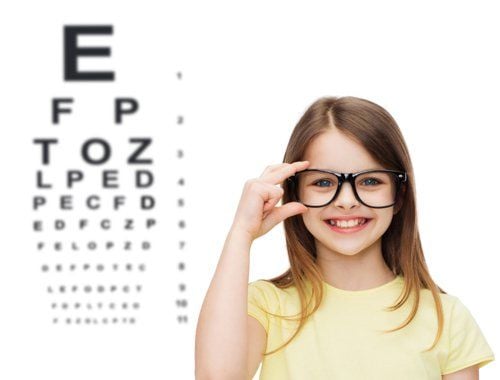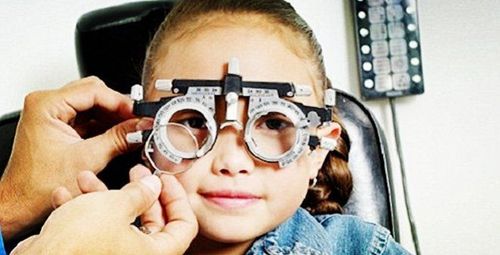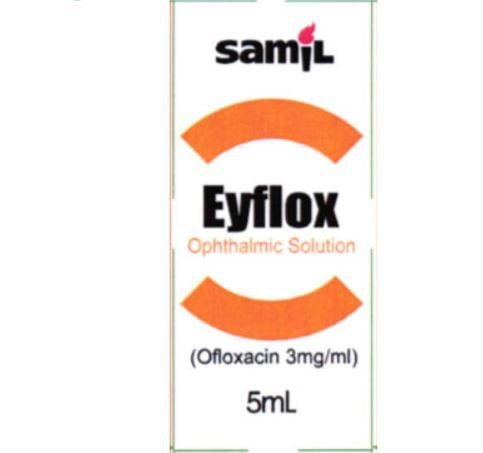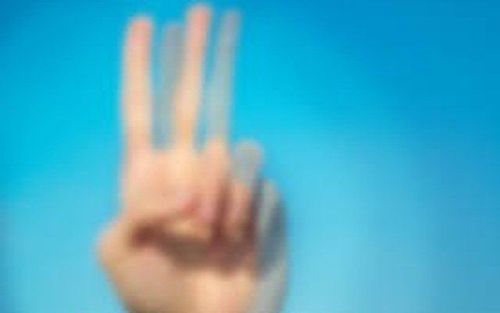This is an automatically translated article.
The article was professionally consulted by an eye doctor - Department of Examination & Internal Medicine - Vinmec Hai Phong International General HospitalRefractive errors in general and myopia in particular are the leading causes of vision loss in the world today. This visual disturbance can get worse over time. In addition to causing impaired vision, myopia can change the structure of the eye, putting patients at risk for future eye disease. People with myopia should know how to distinguish different forms of myopia in order to have appropriate treatment.
1. What is myopia refractive error?
Myopia is one of the most common refractive errors, people with myopia can often only see objects that are close, but have difficulty seeing objects far away. Because the observed image is focused in front of the retina, so when nearsighted people look at distant objects, they often have to squint.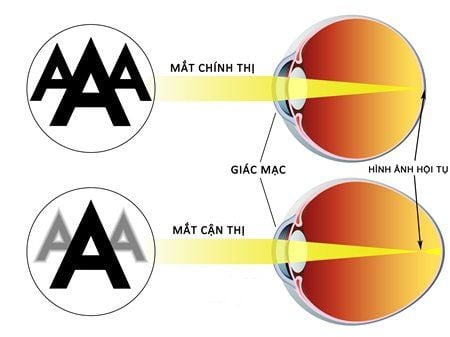
Ngày nay, cận thị là một trong các tật khúc xạ phổ biến nhất
2. Symptoms of myopia
With nearsightedness, the patient will have difficulty seeing distant objects. Other signs and symptoms of nearsightedness include:Blurry vision when looking at distant objects; Frequent squinting; Headache due to eye fatigue; Hard to see at night. Usually myopia can be detected early in school age (school myopia or congenital myopia). In particular, the telltale signs of myopia in children are as follows:
When watching TV, children have to get close to see it; Reading articles or skipping lines or having to use your fingers to follow the words when reading; In class, children have to get close to the board to see; When writing, many words are misspelled, missing, or have to be copied; Or crouched down to look at the book; Squinting or tilting the head when looking at distant objects; Rubbing his eyes even though he's not sleepy; Often complains of eye strain, headache or watery eyes; Afraid of light or being dazzled, dislike activities that must see far....

Cho trẻ sử dụng các thiết bị điện tử sớm gây ra nguyên nhân cận thị
3. Myopia classification
3.1. Simple Myopia This is the most common type of myopia, usually seen in school-age children, between 10 and 18 years old. People with simple myopia often have a myopia of less than 6 diopters and are often accompanied by astigmatism. The cause of myopia is simply due to the eyes often working at close distances, lack of light at work-study places or low light intensity. Simple myopia is often caused by working conditions and genetics. The disease tends to develop over a period of time and stop to a certain extent.3.2. Induced Myopia Or Acquired Myopia is caused by nuclear sclerosis, as a side effect of exposure to certain prescription medications, from high blood sugar (diabetes) and some other reasons.
3.3. Pseudo Myopia occurs when the eyes increase accommodation, the ciliary bodies responsible for correcting the eye's accommodative ability constrict, causing a temporary impairment of distance vision. Symptoms of false myopia are the same as normal myopia, but the eyes will recover after a period of rest.
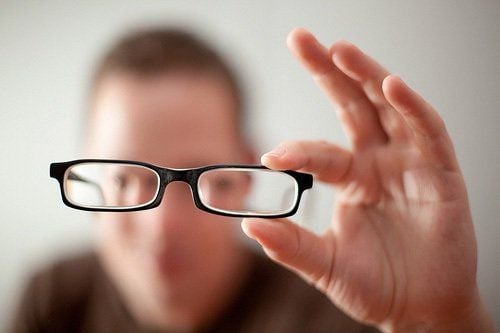
Dựa trên sự phản xạ hình ảnh trong mắt, cận thị được chia thành nhiều loại
4. Can myopia be cured?
Myopia can be cured with eye surgery. However, children under the age of 18 are not old enough to have refractive surgery. Therefore, the most optimal treatment for nearsightedness is to wear glasses or orth-k glasses (night contact lenses). For children with myopia, parents need to take their children to have regular eye exams (3-6 months/1 month). times) to check the progress of myopia, change glasses in time to help children see better. Failure to change glasses periodically will cause a child's vision to decrease, wearing the wrong glasses will cause the eyes to adjust more, and the nearsightedness will increase faster.Some current treatment methods for myopia include:
4.1. Wear rimmed glasses
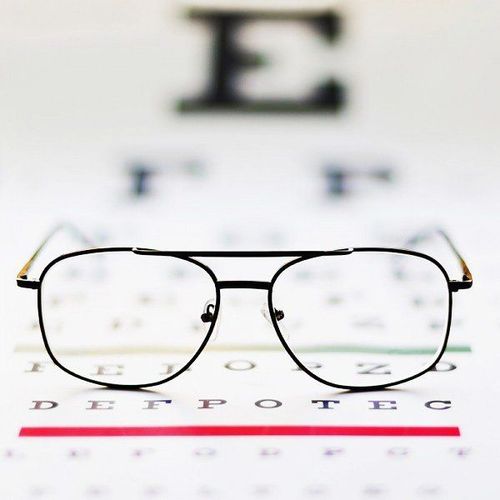
Đeo kính gọng là phương pháp điều chỉnh tật cận thị thông dụng nhất
4.2. Wearing contact lenses Soft contact lenses are also the solution chosen by many people. The advantage of contact lenses is high aesthetics, the disadvantage is that you may be allergic to contact lenses if your eyes are sensitive, your eyes are easily dry. In addition, contact lenses that are not cleaned properly can cause eye infections. Patients have to change glasses when they expire, and the cost of each replacement is relatively high.
4.3. Temporary corneal correction by Ortho K
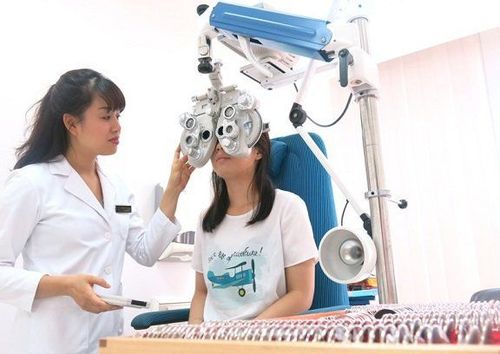
Ortho K là kính áp tròng ban đêm
4.4. Refractive error surgery The advantage is that it is effective, high in safety, has a short recovery time and can completely treat refractive errors. However, the cost of surgery is still high and many people are still afraid to move "cutlery" in the eye area.
4.5. Phakic surgery This method is also called intraocular lens placement, usually applied to patients with high myopia but not eligible for refractive surgery. The downsides are the risk of glaucoma, the potential for inflammation, and the longer recovery time than with refractive surgery.
4.6. Vitreous replacement surgery The last method in the treatment of this refractive error is only indicated when the patient has too high a nearsightedness that cannot be operated by other methods.
5. Where is the prestigious place to treat myopia?
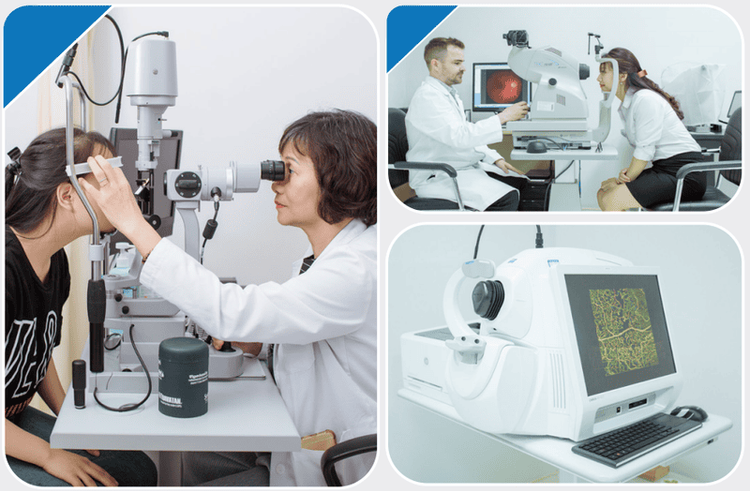
Điều trị và phẫu thuật mắt với các kỹ thuật nhãn khoa chất lượng cao, chuyên sâu mang lại sự hiệu quả, an tâm cho khách hàng
The team of ophthalmologists - Vinmec Times City International General Hospital is experienced, has implemented many types of surgery from routine to difficult surgery, especially techniques that require aesthetics. . With enthusiasm and love for the profession, the team of doctors working at Vinmec Times City always gives customers the best services with the highest service quality. The list of doctors with Ophthalmology expertise here includes:
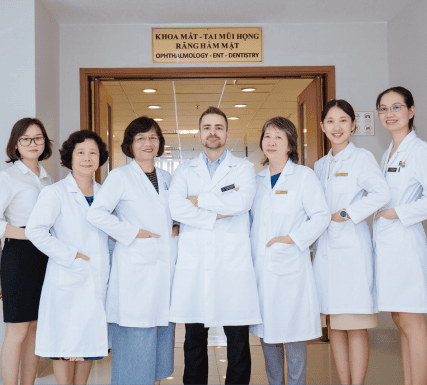
Đội ngũ nhân sự quy tụ các chuyên gia dày dặn kinh nghiệm trong khám, tư vấn, điều trị, phẫu thuật nhãn khoa
Please dial HOTLINE for more information or register for an appointment HERE. Download MyVinmec app to make appointments faster and to manage your bookings easily.




